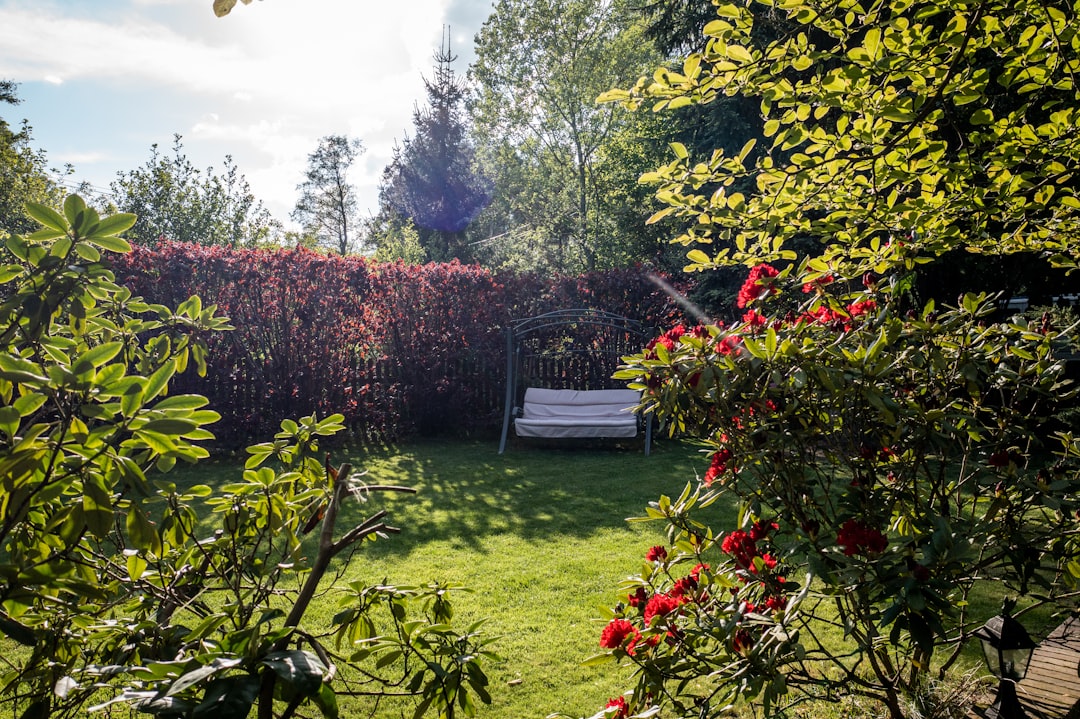In an age of rapid urbanization, food insecurity, and a desire for sustainable living, more and more people are turning to their own backyards to grow their own food, raise animals, and reconnect with the land. What once was a rural dream is now becoming a suburban—and even urban—reality. Welcome to the world of backyard homesteading, where lawns become gardens, sheds become coops, and homes become havens of self-sufficiency.
In this blog post, we’ll explore the joys, challenges, and rewards of transforming your backyard into a thriving mini-farm that feeds your family, reduces your ecological footprint, and nurtures your independence.
What Is a Backyard Homestead?
A backyard homestead is a small-scale, self-sufficient system that utilizes available outdoor space—no matter how big or small—to grow fruits and vegetables, raise animals, and sometimes even produce energy or preserve food. It blends traditional farming principles with modern sustainability practices to create a lifestyle that’s as rewarding as it is practical.
You don’t need acres of land or a rural zip code to get started. Homesteading is possible on a tenth of an acre—or even a well-used patio—with the right planning, creativity, and commitment.
Why Choose Backyard Homesteading?
🌱 Self-Sufficiency
Grow your own produce, collect your own eggs, and even make your own cheese or herbal remedies. Homesteading empowers you to rely less on grocery stores and more on your skills and land.
🌎 Sustainability
By growing food organically, composting waste, and reducing transportation emissions, backyard homesteaders make a positive impact on the environment every day.
💰 Cost Savings
Initial setup may require investment, but over time, growing your own food and making household goods from scratch can lead to significant savings.
🧠 Physical and Mental Health
Working in the garden and caring for animals fosters mindfulness, reduces stress, and encourages a more active lifestyle. It also creates a deeper connection to the food on your plate.
👨👩👧👦 Family and Community Building
Homesteading is a great way to teach kids responsibility, biology, and sustainability. Many homesteaders also swap goods and knowledge with neighbors, building local resilience.
Components of a Backyard Homestead
🥕 Vegetable and Herb Gardens
Whether you’re working with raised beds, container gardens, or in-ground rows, growing your own food starts with vegetables and herbs. Focus on high-yield crops like:
-
Tomatoes
-
Lettuce and spinach
-
Peppers
-
Zucchini
-
Beans
-
Basil, mint, thyme, rosemary
Use companion planting and crop rotation to improve yield and soil health, and consider vertical gardening to maximize space.
🐔 Backyard Chickens
Chickens are the gateway livestock for many backyard farmers. They provide fresh eggs, natural pest control, and excellent compost material (from their droppings). With proper care, they’re friendly and low-maintenance additions to the homestead.
Things to consider:
-
Local ordinances and zoning laws
-
Secure, predator-proof coop
-
Daily feeding, watering, and egg collection
🐇 Rabbits, Ducks, and Quail
For those with a bit more space and interest, rabbits and quail are small, quiet animals that provide meat, eggs (quail), and fertilizer. Ducks are also excellent foragers and egg producers, and they can coexist well with chickens.
🌳 Fruit Trees and Berry Bushes
Apples, figs, citrus, blueberries, raspberries—many of these can be grown in small yards or even containers. Once established, they provide years of bounty with minimal input.
🌾 Composting and Soil Building
Composting kitchen scraps, yard waste, and animal bedding creates nutrient-rich soil. A thriving compost system is essential for sustainable gardening and waste reduction.
🌻 Pollinator Plants and Biodiversity
A healthy homestead supports bees, butterflies, and beneficial insects. Planting wildflowers and native plants not only attracts pollinators but boosts productivity across the garden.
Advanced Homesteading Ideas
-
Rainwater Harvesting: Collect water from your roof in barrels to irrigate your garden.
-
Solar Panels: Power your homestead and reduce your utility bills.
-
Beekeeping: Produce your own honey and support pollination.
-
Canning and Food Preservation: Store your harvest through pickling, fermenting, freezing, and drying.
-
DIY Cleaning and Personal Care Products: Use herbs, oils, and natural ingredients to make your own household goods.
Backyard Homesteading Around the World
🏡 Suburban USA
Homeowners turn lawns into gardens and install chicken coops, embracing "farm-to-table" right from their backyards.
🌆 Urban Germany
Allotment gardens, or Schrebergärten, offer city dwellers small plots to grow food and relax in nature.
🇯🇵 Japanese Balcony Farms
Even in high-density cities, Japanese homesteaders use vertical planters and hydroponics to grow fresh herbs and vegetables.
🇿🇦 South African Townships
Small-scale backyard farms provide food security and economic opportunity in areas facing high food prices and unemployment.
Tips for Starting Your Own Backyard Homestead
-
Start Small Begin with a garden bed or a few chickens. Don’t try to do everything at once—homesteading is a journey.
-
Learn and Adapt Every backyard is different. Take time to observe your space, experiment, and adapt to what works best.
-
Know Your Local Laws Before raising animals or installing structures, check zoning regulations and neighborhood rules.
-
Plan for Seasons Understand your local growing zone, frost dates, and seasonal cycles. A planting calendar can be your best friend.
-
Connect with Others Join local homesteading or gardening groups online or in person. The community is full of knowledge and inspiration.
Final Thoughts: Homesteading as a Lifestyle
The backyard homestead is more than a trend—it’s a timeless, fulfilling way of life rooted in independence, stewardship, and connection to the land. It’s about rediscovering the joy of simple living and the satisfaction of feeding yourself and your family from your own soil.
Whether you're growing a few herbs in containers or managing a full mini-farm, every step toward self-sufficiency counts. So dig in, get your hands dirty, and start cultivating your little patch of paradise.

Comments
No comments yet. Be the first to comment!
You must be logged in to comment. Login